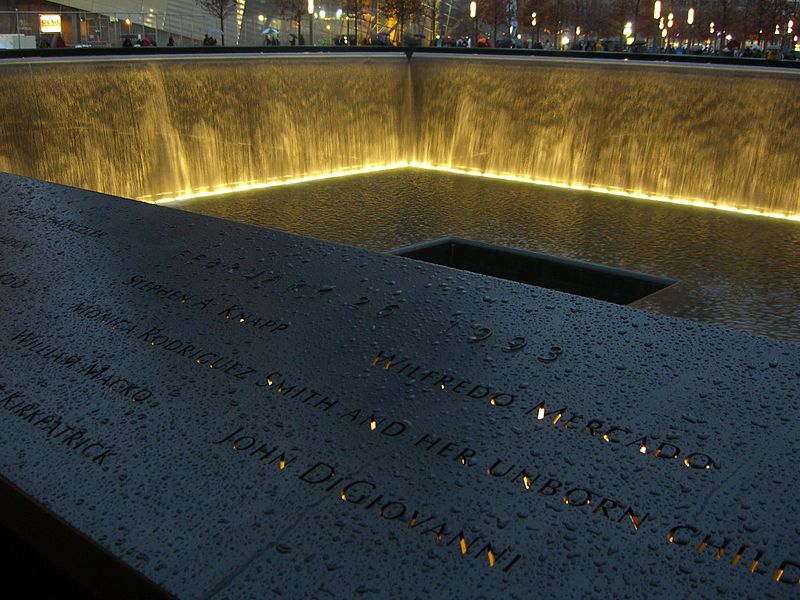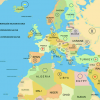This Wednesday marks 12 years since the worst terrorist attack ever carried out on the U.S. In a recent article published on the Elcano Institute’s website, Bruce Hoffman and I stated that Al-Qaeda has withstood arguably the greatest international onslaught directed against a terrorist organisation in history, but it has survived for nearly a quarter of a century and continues to pursue a core strategy.
This strategy aims at distracting and exhausting adversaries, creating divisions between counter-terrorism allies, forging close ties and assisting local affiliates, planning major international or global attacks and monitoring our Western security and defence systems.
Despite vast inroads made against Core al-Qaeda in recent years, its command structure has proved capable of adapting and adjusting to even the most consequential countermeasures directed against it.
The repercussions of the Arab Spring, and ongoing unrest and protracted civil war in Syria have endowed the al-Qaeda brand and, by extension, the core organisation, with new relevance and status. Al-Qaeda’s obituary has been written many times since the September 11 2001 attacks, only to be proved to be prematurely wishful thinking. In coming years, this organisation, turned into a global terrorism structure, may assume new and different forms that have not been anticipated.
* Bruce Hoffman and Fernando Reinares are editors of ‘The Evolving Global Terrorism Threat. Cases from 9/11 to Osama bin Laden’s Death’, to be published in 2014 by Columbia University Press.



